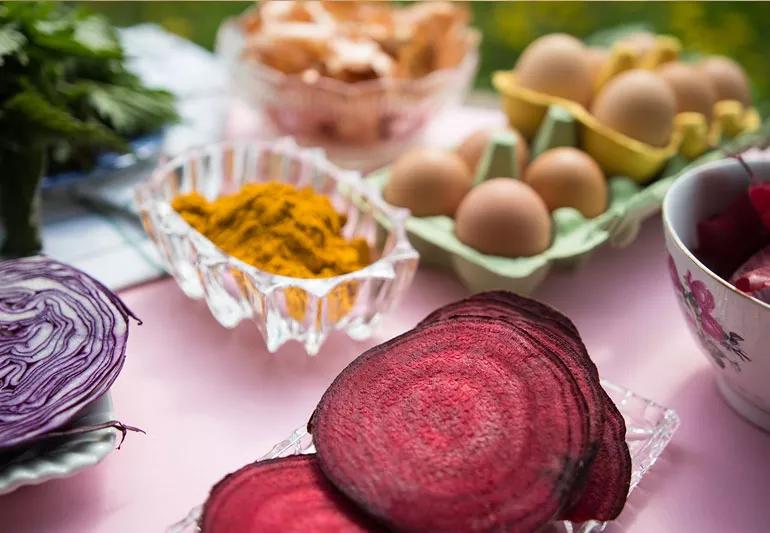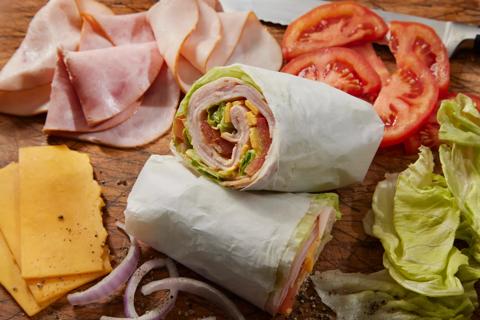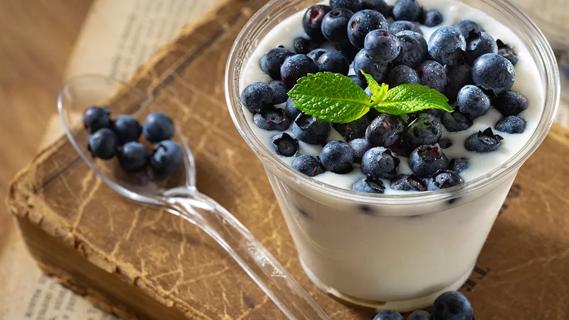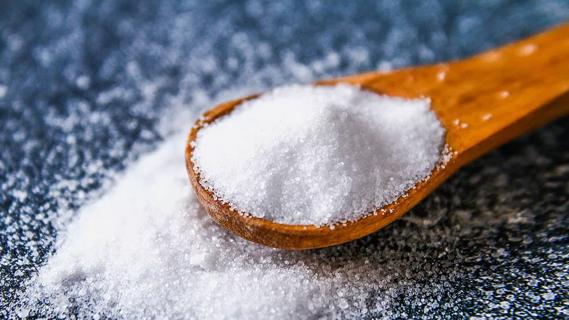It's easy to add both nutrients and fun to your meals

Special occasions seem to call for brightly colored foods. Birthday cakes show swirls of colored icing. Holiday cookies and Easter eggs are adorned in different hues. Even St. Patrick’s Day beer traditionally can take on a green tint.
Cleveland Clinic is a non-profit academic medical center. Advertising on our site helps support our mission. We do not endorse non-Cleveland Clinic products or services. Policy
It’s fun to experiment with turning your favorite foods different colors, but you don’t necessarily need food coloring or dyes to do it, says dietitian Laura Jeffers, MEd, RD, LD.
“There are more natural ways than to reach for that fake bottled coloring in your baking cupboard,” she says.
When you use more natural options, you’ll find more benefits than just fun-colored food, Jeffers says.
“You can color foods and actually enhance nutrition at the same time using foods that are naturally colored — such as dark green vegetables or fruit,” Jeffers says.
Many foods already have rich pigments that easily blend right into your favorite recipes.
For example, to make green, pink or purple smoothies just adjust your use of greens (like kale or spinach) and berries (like strawberries, blueberries, raspberries). The more you add, the more colorful and healthier they get!
Here, Jeffers explores nine more healthier, more colorful ideas:
Keep both flavor and color in mind. Natural coloring made from foods tends to be less vivid than artificial color additives, Jeffers notes. So it can be harder to control the color and consistency. Also, using food-based color can introduce other flavors. But this can work well if the flavor enhances the food.
“Remember, the more vivid the color, the more likely it is that the taste is also affected,” she says. “It’s a good idea to experiment — and a lot of fun, too. You can even have your kids take part as a fun family activity.”
Learn more about our editorial process.

Both are needed for a healthy body

Wrapped or sandwiched, try to choose fillings and condiments that are minimally processed, low in saturated fat and high in fiber

It depends on factors like your age, activity level and if you want to maintain, lose or gain weight

Genetics, metabolism and hormonal fluctuations can all make weight loss more difficult

If the flakes are undisturbed, pristine white and come from the top layer, it’s typically safe to indulge in a scoop

Snacking can bring benefits with healthy food choices and planning

Excess salt and sodium consumption is a worldwide health concern

It has nutrients your body needs, but it also comes with some serious health risks

Your metabolism may torch 1,300 to 2,000 calories daily with no activity

A gentle touch in all the right places may help drain your sinuses